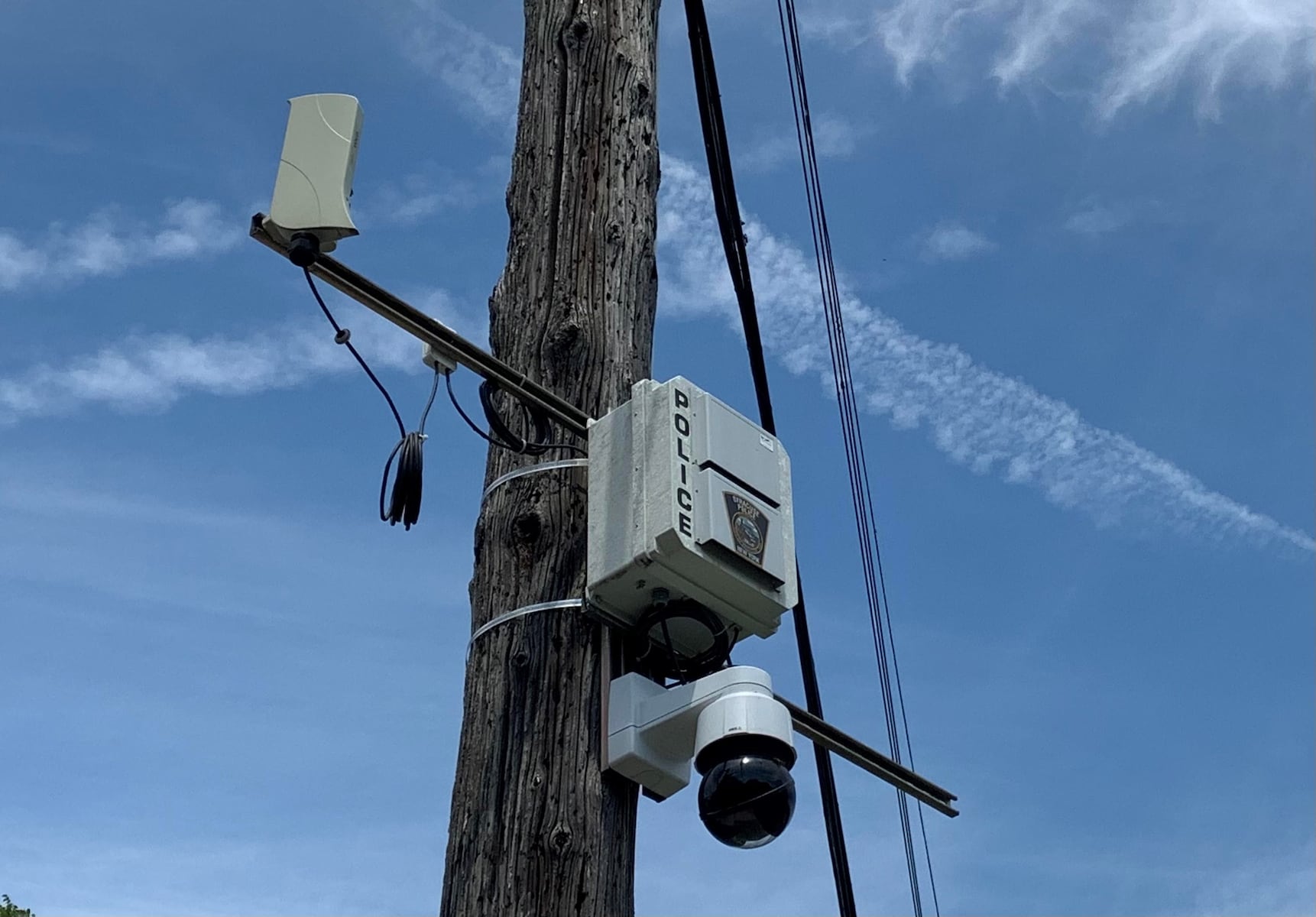An independent report by researchers at Cleveland State University has assessed the effectiveness of the ShotSpotter gunshot detection system employed by the police in Cleveland, Ohio. The extensive, 185-page study analyzed approximately 87,000 alerts generated by the system and included surveys of police officers and local residents to evaluate its impact on crime and response times.
Technology Improves Response Times but Lacks Crime Deterrent Effect
The core finding of the report indicates that while ShotSpotter is reliable in identifying the time and location of gunfire, it has not succeeded in deterring crime. The technology aids police in arriving at crime scenes significantly faster—often an average of four minutes before the first 911 calls are received. However, the system has shown limited effectiveness in assisting investigations and does not contribute to a reduction in overall crime rates. This conclusion aligns with earlier investigations conducted by cleveland.com and the Plain Dealer, and has been acknowledged by representatives from ShotSpotter.
Researchers highlighted that the system generates an average of 21 high-priority alerts daily. This influx of alerts places additional strain on an already understaffed police department, which currently has 1,151 officers compared to a budgeted 1,350. The classification of these alerts as “life-or-death” situations diverts officer attention from other critical calls, leading to increased response times for various types of crimes.
Financial Viability and Potential Vendor Changes
Cleveland’s financial commitment to the ShotSpotter system raises questions about its future. The city currently allocates $914,250 annually for the contract, which is set to expire in April 2024. Previous funding was primarily sourced from the federal American Rescue Plan Act, but that funding is no longer available. According to Public Safety Committee Chairman Mike Polensek, any decision to continue the use of ShotSpotter or adopt similar technology will require funding from the city’s general fund, prompting officials to balance the system’s faster response capabilities against its substantial costs and limited impact on crime reduction.
As city officials evaluate their options, there is a possibility of transitioning to alternative gunshot detection technologies. Legislation has been introduced to potentially replace ShotSpotter with similar services from Flock Safety, the provider of Cleveland’s automated license-plate readers. This proposed change has raised concerns, particularly due to the recent departure of former Councilman Kerry McCormack, who accepted a position at Flock Safety. Despite McCormack’s assurances of non-involvement in city discussions, Councilwoman Rebecca Maurer has called for a transparent “request for proposal” process to ensure public trust and avoid any perception of conflict of interest.
The findings from the Cleveland State report underscore the complexities surrounding the implementation and evaluation of technologies like ShotSpotter, highlighting the need for comprehensive assessment of both effectiveness and financial sustainability in law enforcement tools.







